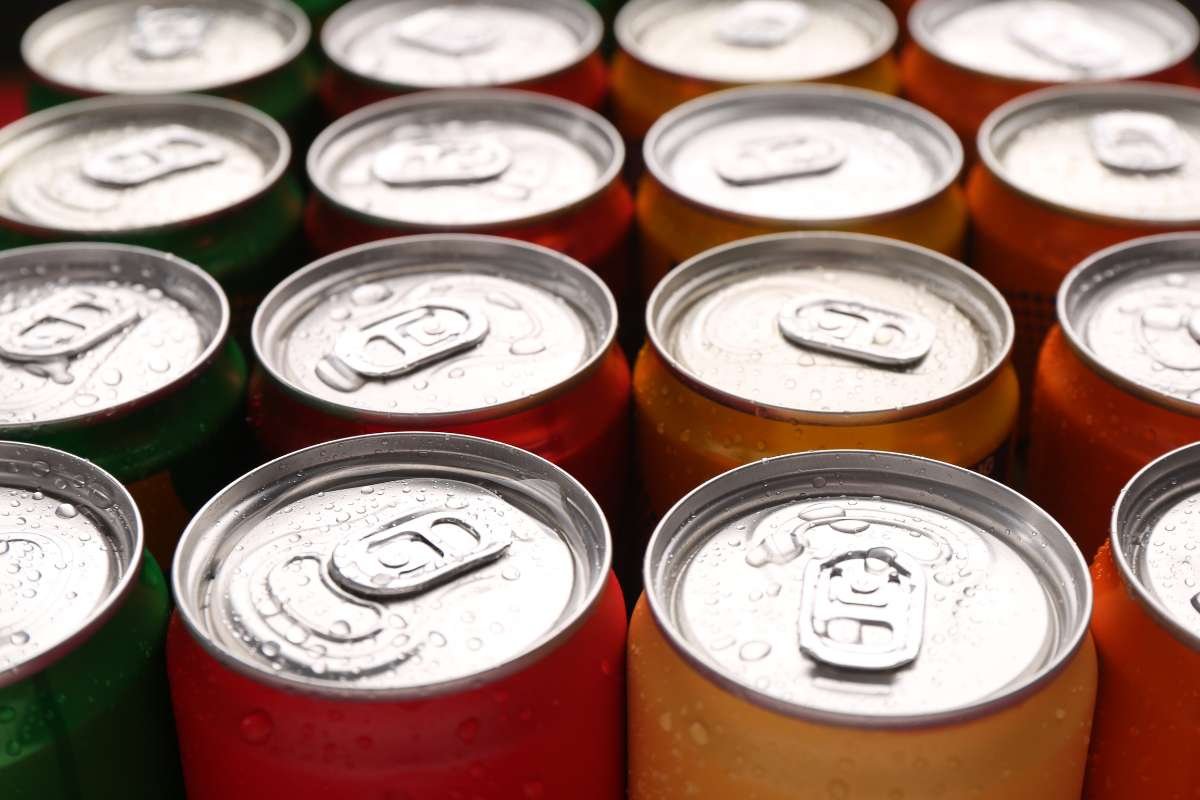Fingerprint scanning is an increasingly popular tool to verify identity in a wide range of industries. Both law enforcement and border control services have found them invaluable, and even mobile phones and financial institutions use fingerprint recognition to protect personal information and assets. In order to maintain reliability and accuracy, however, it is imperative to thoroughly verify the technology. That is where Proprietary Fingerprint Template Testing becomes important. By examining the how and what of the technology, we can see how industries can benefit.
Understanding PFT Testing
Proprietary Fingerprint Template Testing, performed by the National Institute of Standards and Technology (NIST), measures fingerprint algorithm performance. Specifically, it focuses on one-to-one matching performance verification to make sure that a fingerprint corresponds to one fingerprint template. This type of testing is necessary because analysis is performed using proprietary templates that are sure to the vendor or organization.
NIST’s evaluation process is built on a standardized dataset and ruleset to keep the testing controlled between vendors. This methodology demonstrates that the algorithms can perform well under a number of different conditions. For instance, testing can account for differences in fingerprint image quality, sensor determinations, and environmental changes. The overarching goal is to confirm the accuracy, reliability, and efficiency of fingerprint algorithm templates.
NIST’s Algorithm Evaluation

NIST plays an integral role in testing the efficacy of fingerprint recognition software. The agency takes a comprehensive approach to testing fingerprint-matching algorithms, assessing their accuracy, speed and dependability. NIST reviews a wide range of categories to evaluate fingerprint recognition software as thoroughly as possible before making a determination on which companies offer the best technology.
For instance, the false acceptance rate indicates how likely a given fingerprint is to be erroneously matched to an accepted user’s template. In contrast, the false rejection rate tells us how often a valid fingerprint is denied access. When disambiguating pairs as such, the ratings within the NIST PFT III testing evaluation can determine whether or not a given fingerprint-matching solution can afford reliable accuracy in a real-world deployment setup.
A select few firms—Neurotechnology included—have consistently exceeded these standards. Recently, Neurotechnology’s latest fingerprint-matching software matched more than 99 percent, in clear contrast to some other firms, which have much lower false acceptance rates. Neurotechnology’s results prove that existing solutions are not able to provide the same level of quality.
Industry Use Cases of Fingerprint Scanning
Companies are continuing to implement and expand biometric services and rely on them for security and authentication. This technology has developed over the past decade, and here’s where it stands as of now:
1. Law Enforcement
Law enforcement agencies have always been a primary benefactor of fingerprint scanning technology. Detectives and forensics experts can recover and identify prints at crime scenes, and, with access to a fingerprint database, they can attempt to match these prints to particular people. This analysis can help solve crimes, whether by proving a suspect’s innocence or establishing their guilt. This database approach helps to reduce errors and mistaken identifications, enabling law enforcement officials to solve cases with far more accuracy and speed.
2. Banking

The banking industry is another area where fingerprint identification systems are being employed, both to protect customer accounts and facilitate transactions. Using a fingerprint to authenticate banking transactions and reports can help protect customers and banks from scammers, hackers and identity theft. As digital banking and online payments continue to experience growth, fingerprint scanning technology supports a user-friendly and secure alternative to password-reliant services.
3. Healthcare
Similarly, healthcare service providers are utilizing fingerprint scanning for patient identification and effective management of patient data. Patient privacy and data security have gained importance, and effective identity verification is important to reduce medical errors and to ensure accuracy in medical care. Fingerprint scanning can reduce the time involved for administrative processes, provide safer care and save the time required for verifying the identity, ensuring better operational efficiency.
4. Mobile Technology

Fingerprint scanning has become standard in smartphones, tablets, and other consumer electronics. Smartphones can be unlocked, payments can be authorized, and private information can be protected with only a fingerprint touch. With the rising use of mobile technology, fingerprints are a popular way to authenticate because they are easy to use and increase security.
5. Border Control
Fingerprint scanning is implemented by border control agencies worldwide to simplify the immigration process and enhance security. The usage enables the authorities to accurately identify persons and ensure safety by reducing identity theft and enhancing security at the border.
Verifying for the Future
The more technologies like fingerprint scanning become industry gold standards, the more important it is to test those technologies for accuracy and reliability. With future developments (as shown by Neurotechnology’s participation in the NIST’s latest PFT III test) we can continue to expect increasingly sophisticated and effective fingerprint scanning systems.


















